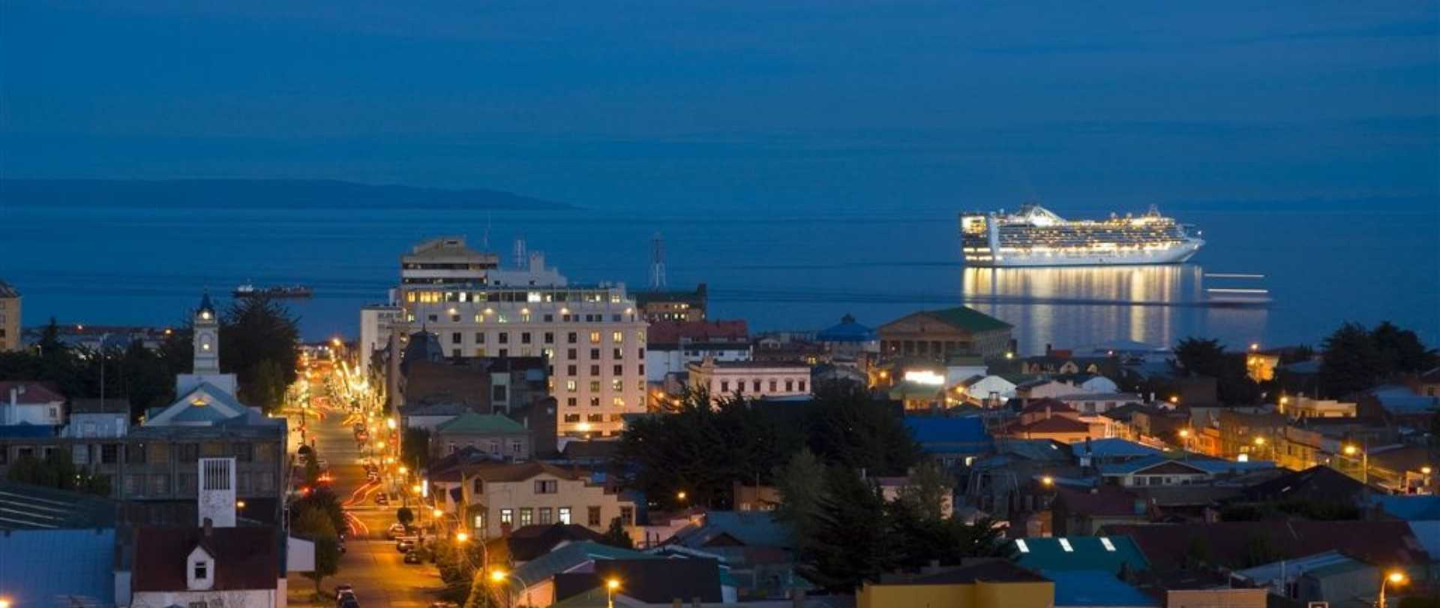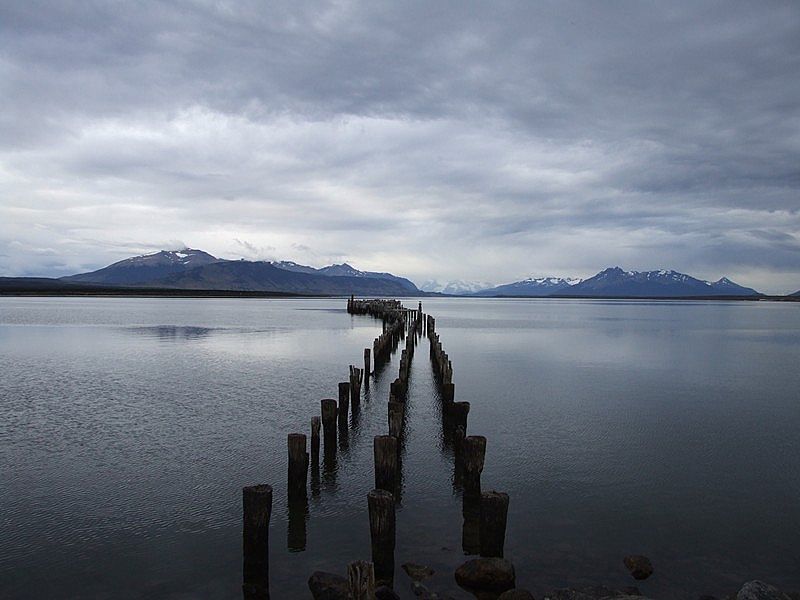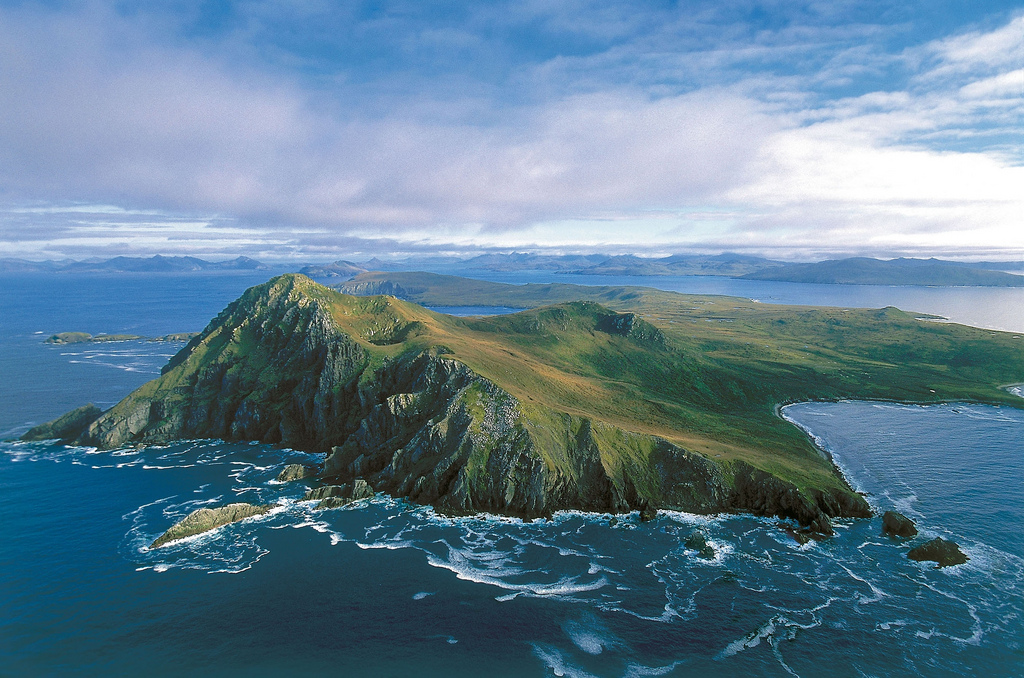HISTORY OF PUNTA ARENAS AND TIERRA DEL FUEGO
When Hernando de Magallanes, in 1520 , discovered an island on the south of the Estrecho de Magallanes, he called it Tierra de los Fuegos o de los Humos by the fires that lit the selknam or onas who were the first inhabitants of this territory. Later, it was renamed Tierra del Fuego by the Spanish King Carlos I.
It was not until 1879 that the center of the island began to be explored by the liutenant of the Chilean Navy, Ramón Serrano, who traveled from the Gente Grande Bay, on the Pacific Ocean, to the San Sebastian Bay in the Atlantic Ocean.
The inhabitants of this territory were the nomadic people of selknam or onas, natives of great stature and corpulent bodies, they used bow and arrows and slingshots to hunt native animals such as guanacos and birds.
During this expedition it was discovered that the lands were ideal for cattle, as well as the findings of gold the area of Sierra Boqueron, which were quickly exploited by the early twentieth century.
The process of settlement of the area was made with the installation of cattle ranches throughout the territory, a process driven by the Chilean and Argentine governments also in the early twentieth century. However, the selknam people were cruelly persecuted by professional gold businesses and trained murderers. A Salesian missionary known as Jose Fagnano was able to find refuge in Dawson Island for a group of island natives and thus protect them from such attacks. Many could not live in captivity and died, surviving only a very small percentage of the population.
Most immigrants were Croatian and settled in the town of Porvenir, capital of the province of Tierra del Fuego, so today a large part of the population of this area are descendants of these early settlers.
In the 40s, oil was found in the Manantiales wells, located north of the island of Tierra del Fuego, which prompted the creation of a new industry and the installation of rigs, processing plants and other infrastructure. In 1976 the drilling of oil also began in the Estrecho de Magallanes.
The city of Punta Arenas meanwhile, was founded in 1848 and was chosen as the capital of the region because it had the best weather conditions and of supplies in the whole zone. This area was also territory of the selknam people as well as Yagan, kaweskar or alacalufes, tehuelches and even canoe Chonos Indians, who arrived from Chiloé.
It was early in the nineteenth century during the gold rush that the massive immigration of Europeans to the Magallanes Region began, especially Croatian, Spanish and British. A Swiss colony tried to settle in the area south of Punta Arenas but was killed off by inclement weather and disease.
Its strategic location on the route that connects the Atlantic and Pacific oceans, led this place to rapidly to become a major port, especially in the early twentieth century where mining and livestock were in their heyday.
After the opening of the Panama Canal, the port flow of Punta Arenas declined but the economy found its support in the oil industry that is used today in the area.
Currently the activity in Punta Arenas is mainly port and hydrocarbons, in addition to sheep ranching and forestry. Another aspect of the area is tourism, since from this city cruises sail to Antarctica and cover the Patagonian Channels and the glaciers of southern Chile.


